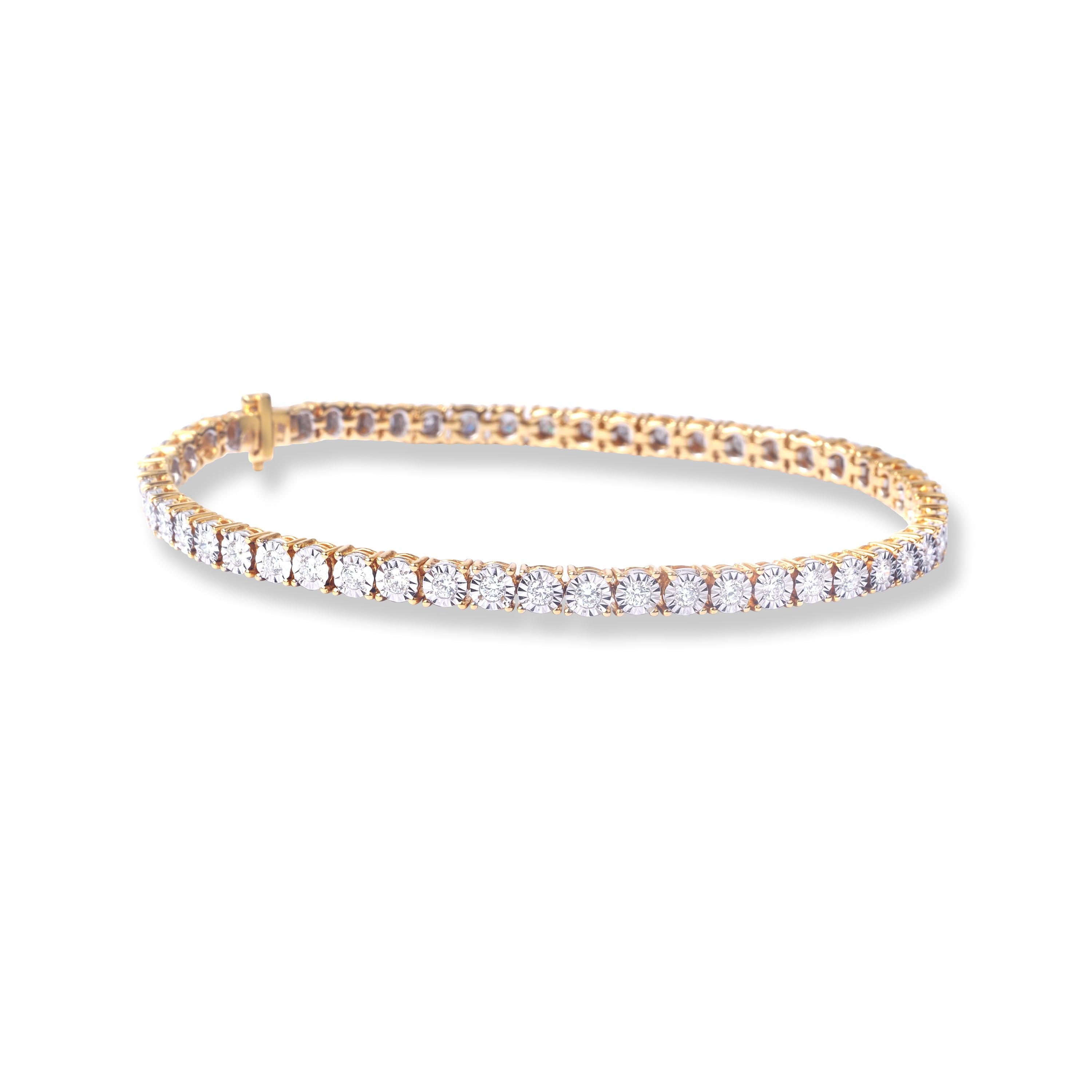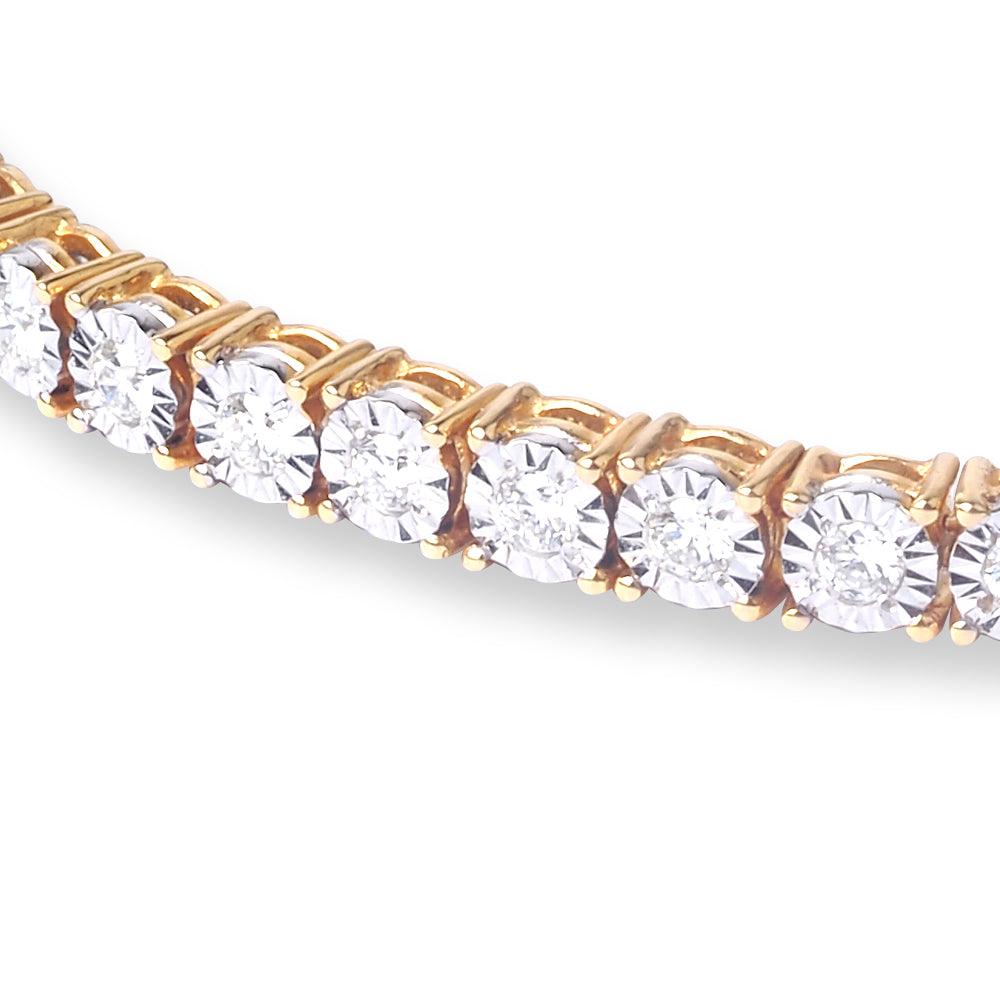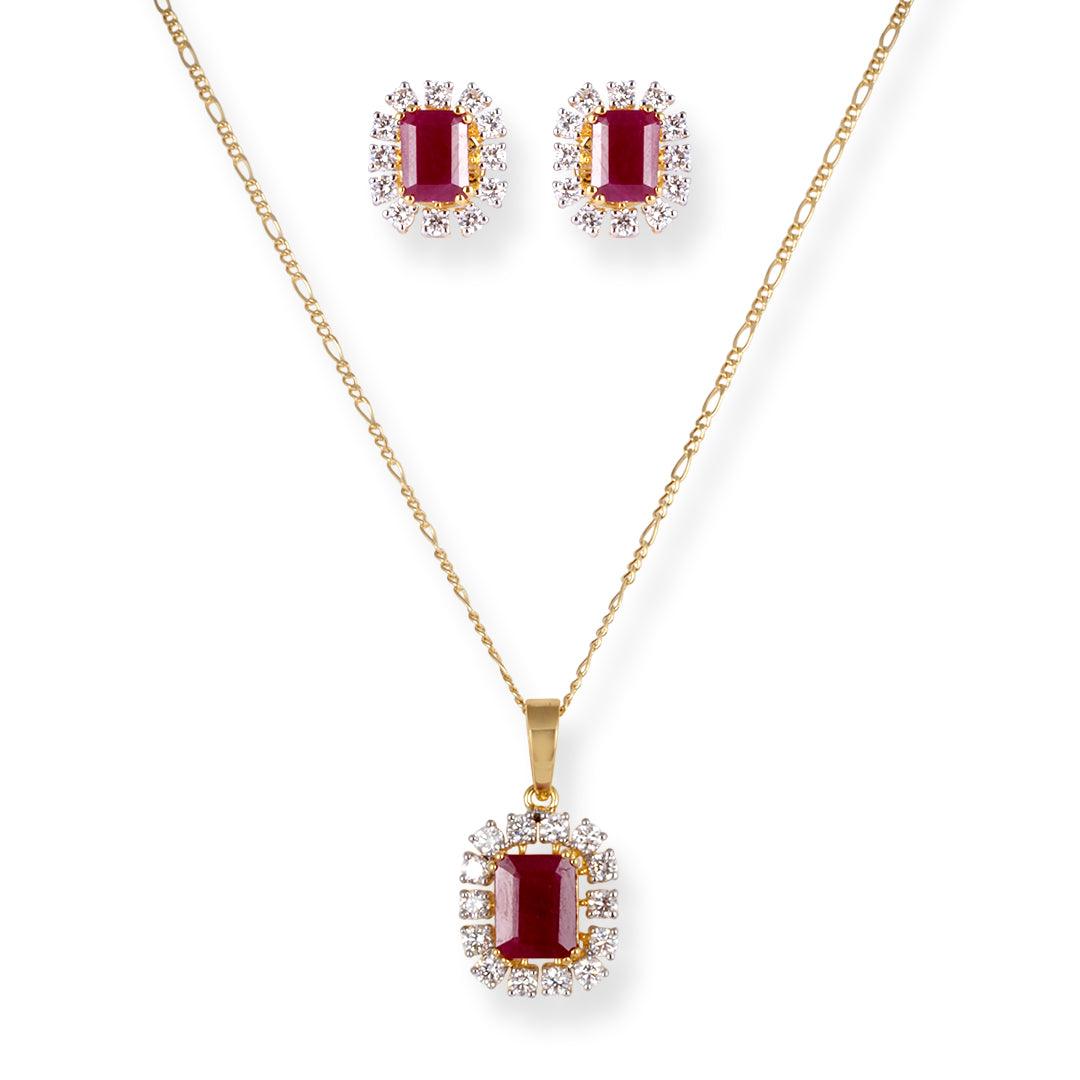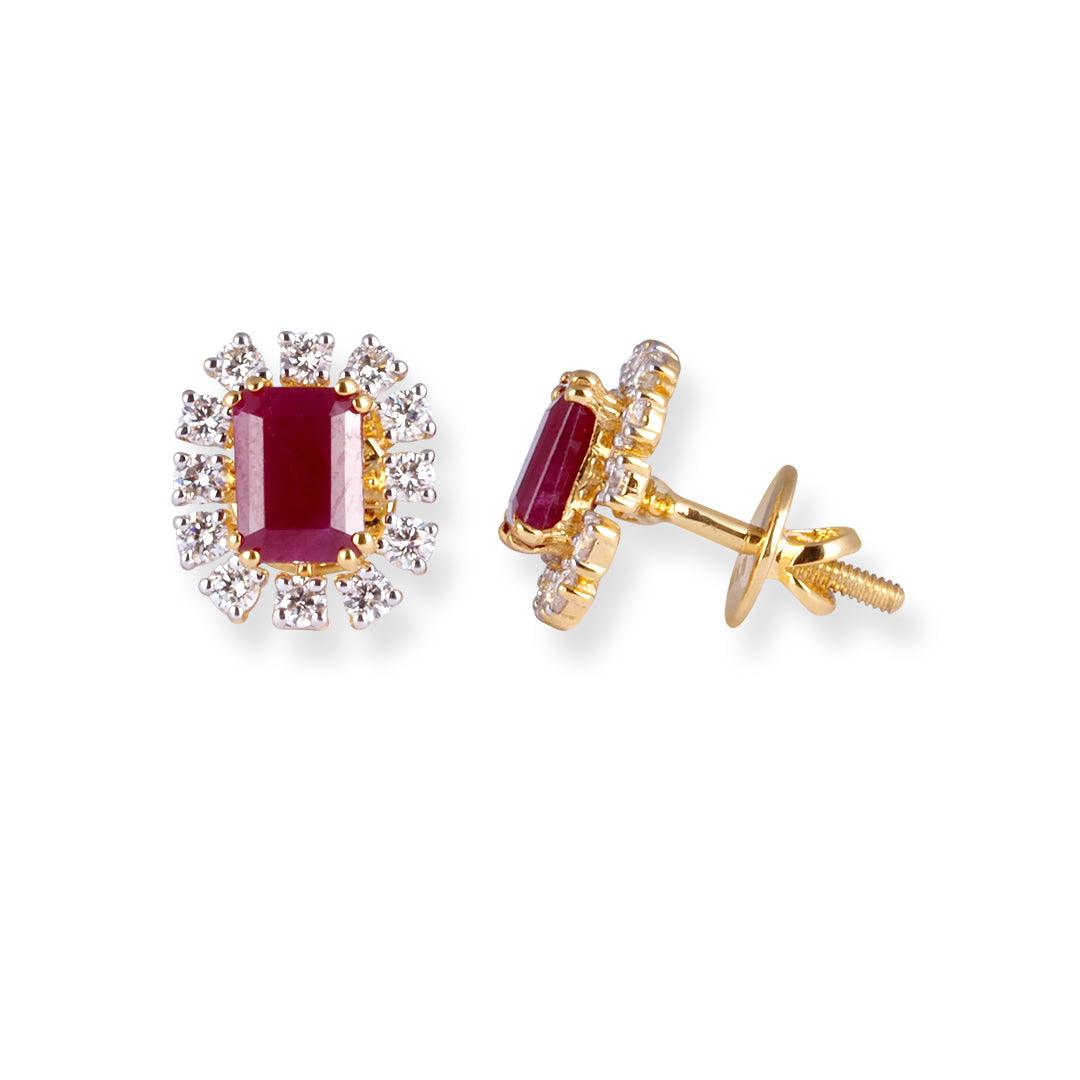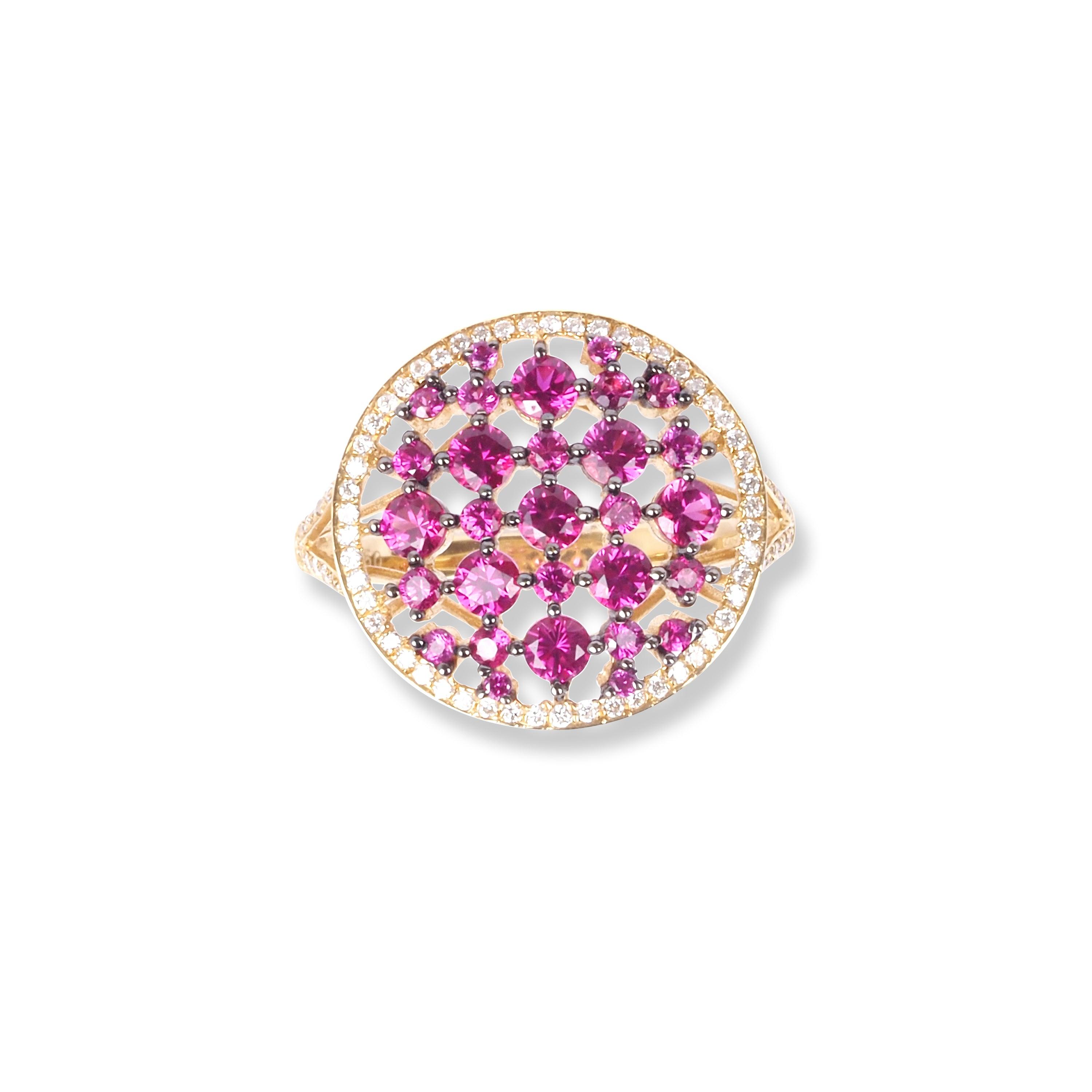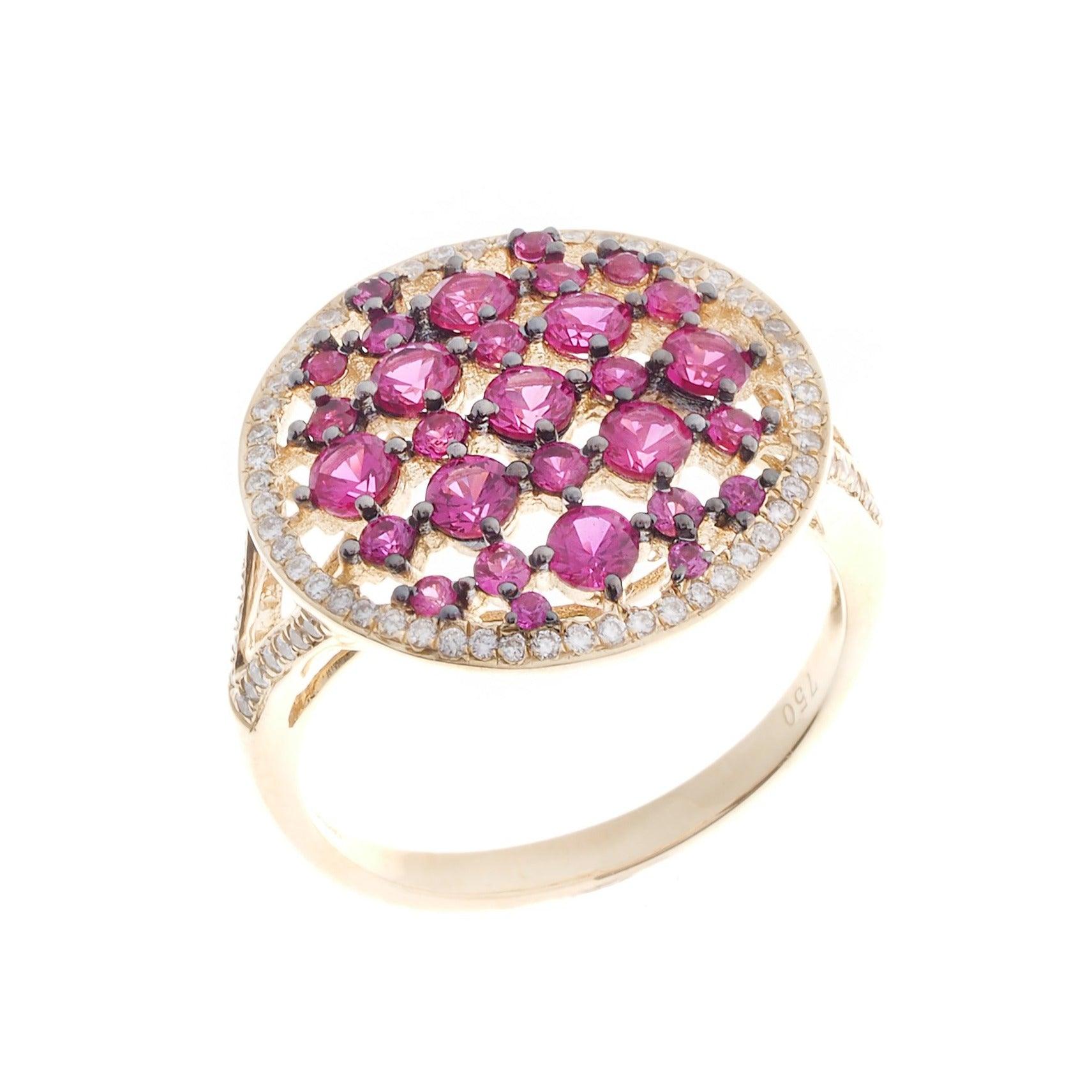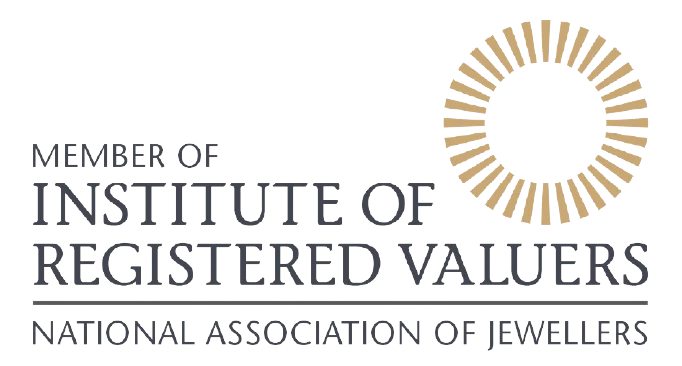Discover more why clients in more than 28 countries choose to trust Minar Jewellers
FREE DELIVERY ON ALL UK ORDERS*


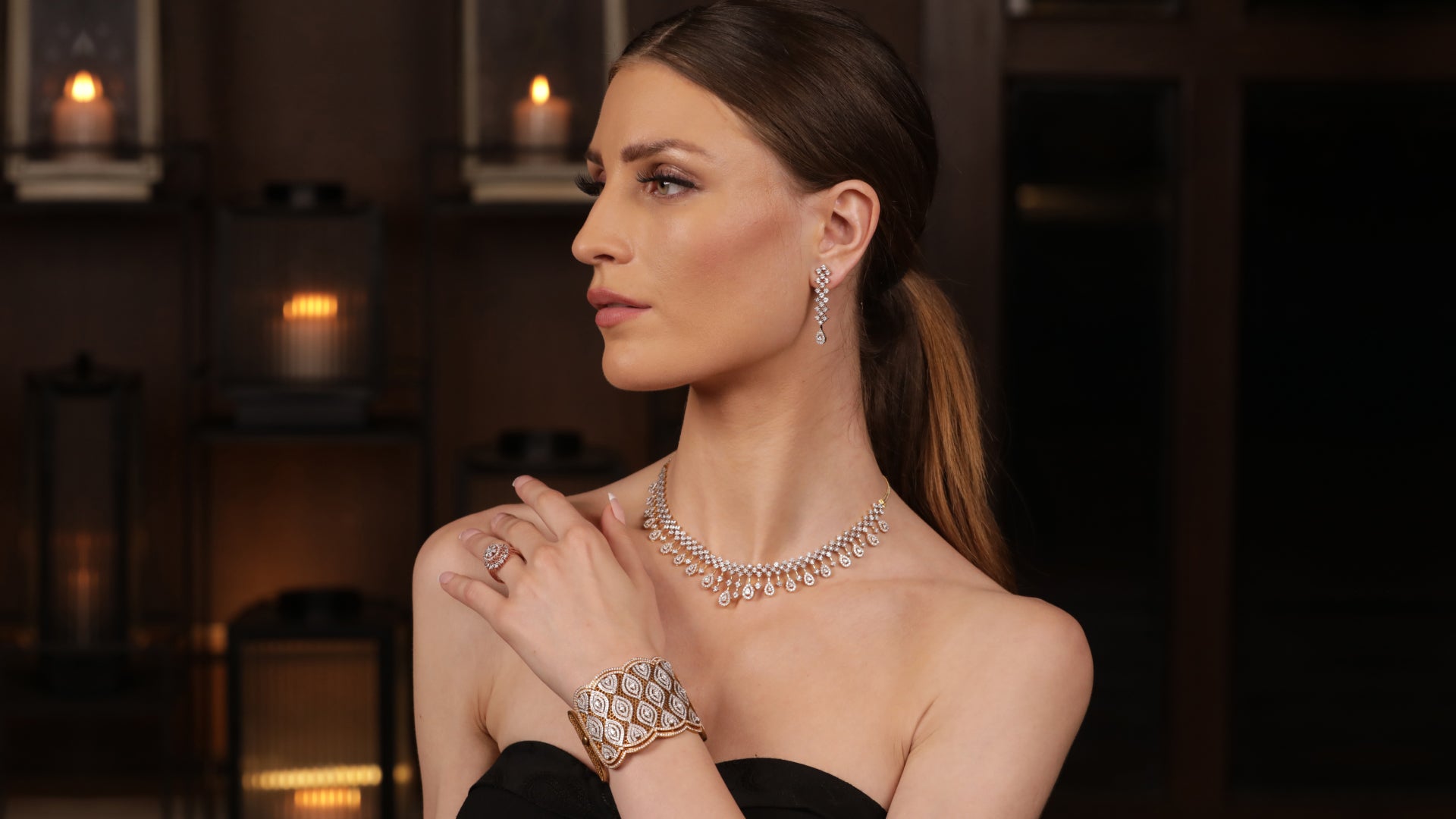
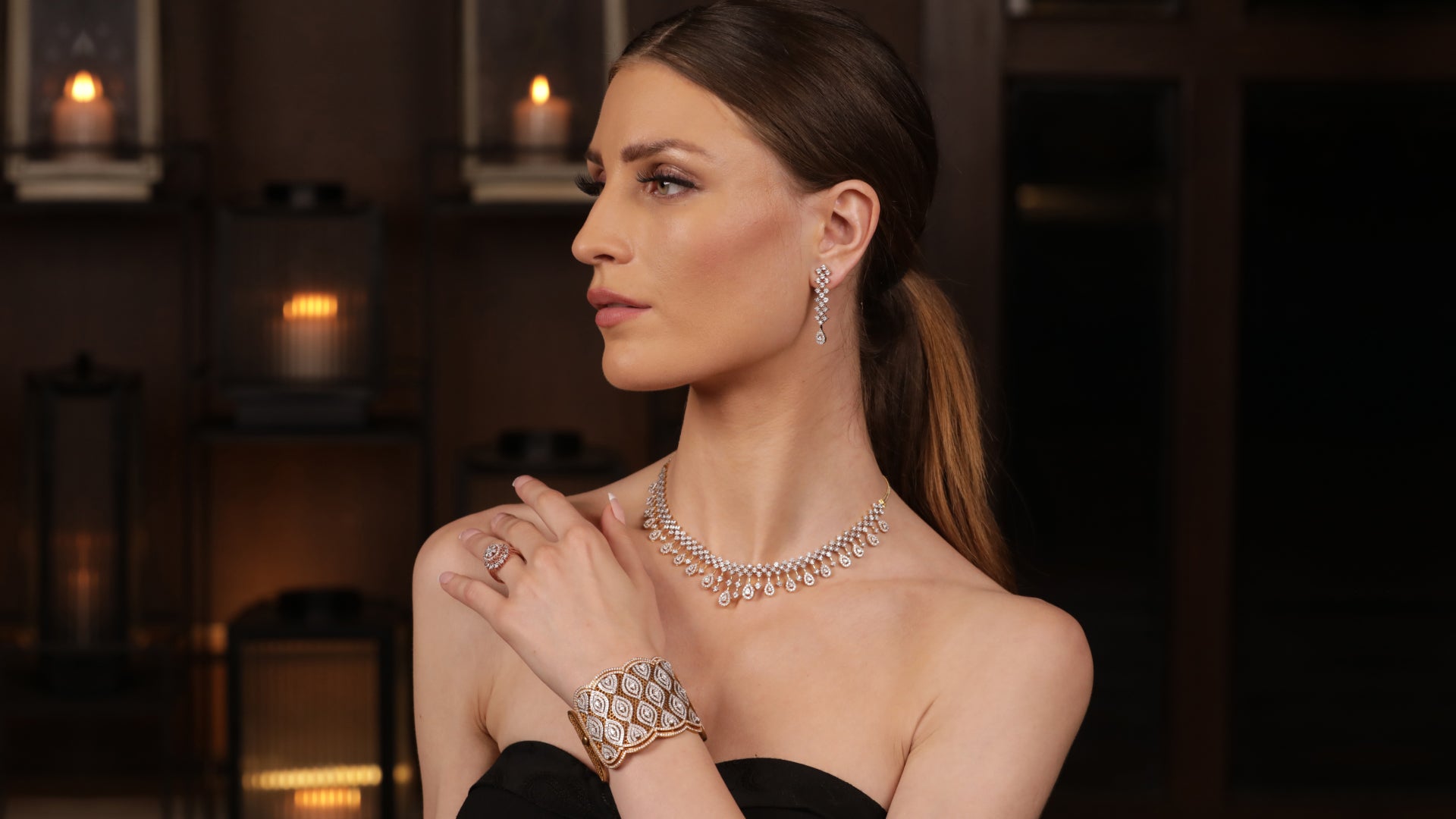
Gorgeous Designs

Be the first to find out about our newest designs
Be the first to find out about our newest designs
Be the first to find out about our newest designs
Be the first to find out about our newest designs
Be the first to find out about our newest designs
Be the first to find out about our newest designs
Be the first to find out about our newest designs
Be the first to find out about our newest designs
Be the first to find out about our newest designs
Be the first to find out about our newest designs
Be the first to find out about our newest designs
Be the first to find out about our newest designs
Be the first to find out about our newest designs
Be the first to find out about our newest designs
Be the first to find out about our newest designs
Be the first to find out about our newest designs
Be the first to find out about our newest designs
Be the first to find out about our newest designs
Be the first to find out about our newest designs
Be the first to find out about our newest designs
Header after countdown
Be the first to find out about our newest designs
Be the first to find out about our newest designs
Be the first to find out about our newest designs
Be the first to find out about our newest designs
Be the first to find out about our newest designs
Be the first to find out about our newest designs
Be the first to find out about our newest designs
Be the first to find out about our newest designs
Be the first to find out about our newest designs
Be the first to find out about our newest designs
Be the first to find out about our newest designs
Be the first to find out about our newest designs
Be the first to find out about our newest designs
Be the first to find out about our newest designs
Be the first to find out about our newest designs
Be the first to find out about our newest designs
Be the first to find out about our newest designs
Be the first to find out about our newest designs
Be the first to find out about our newest designs
Be the first to find out about our newest designs
Radiant Minar

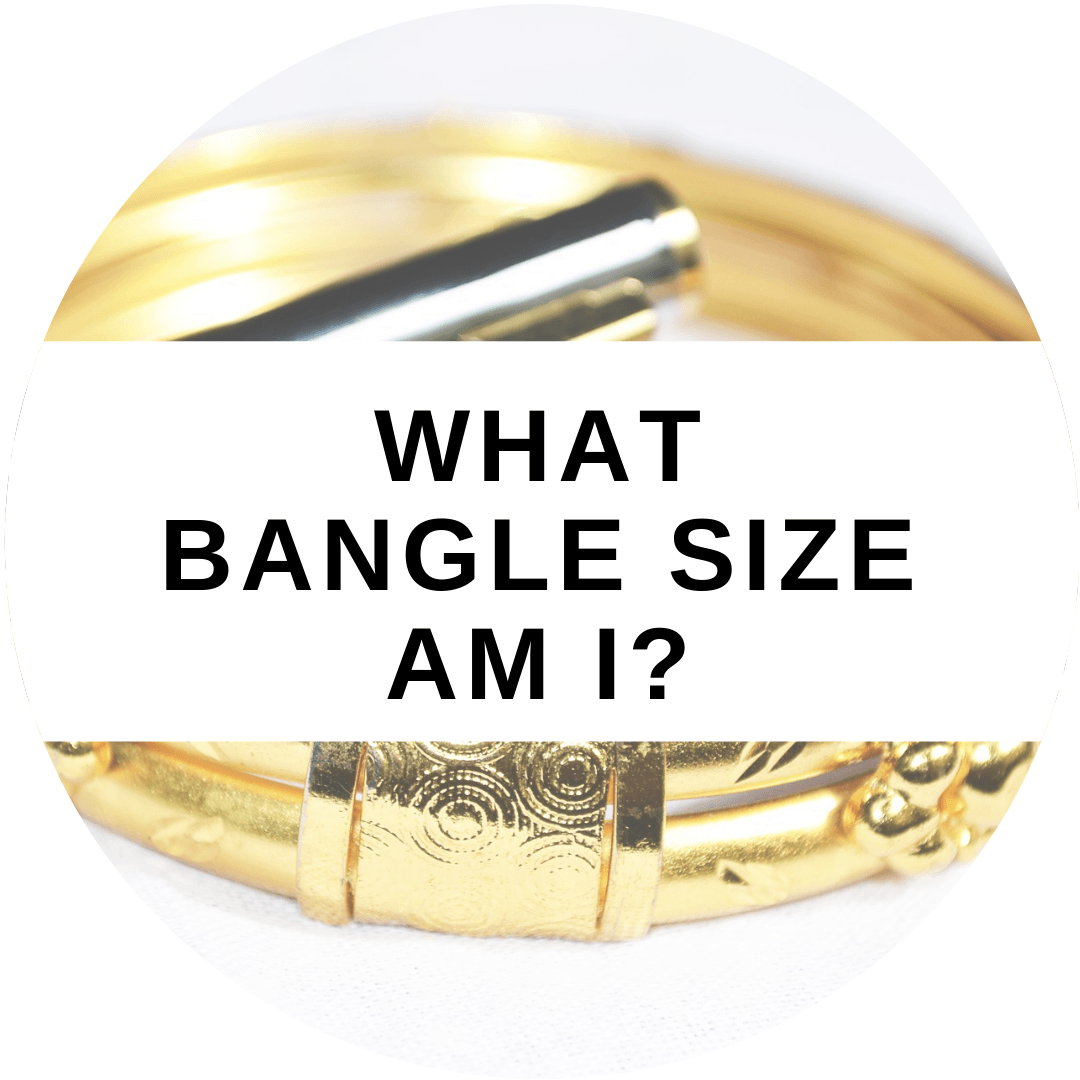
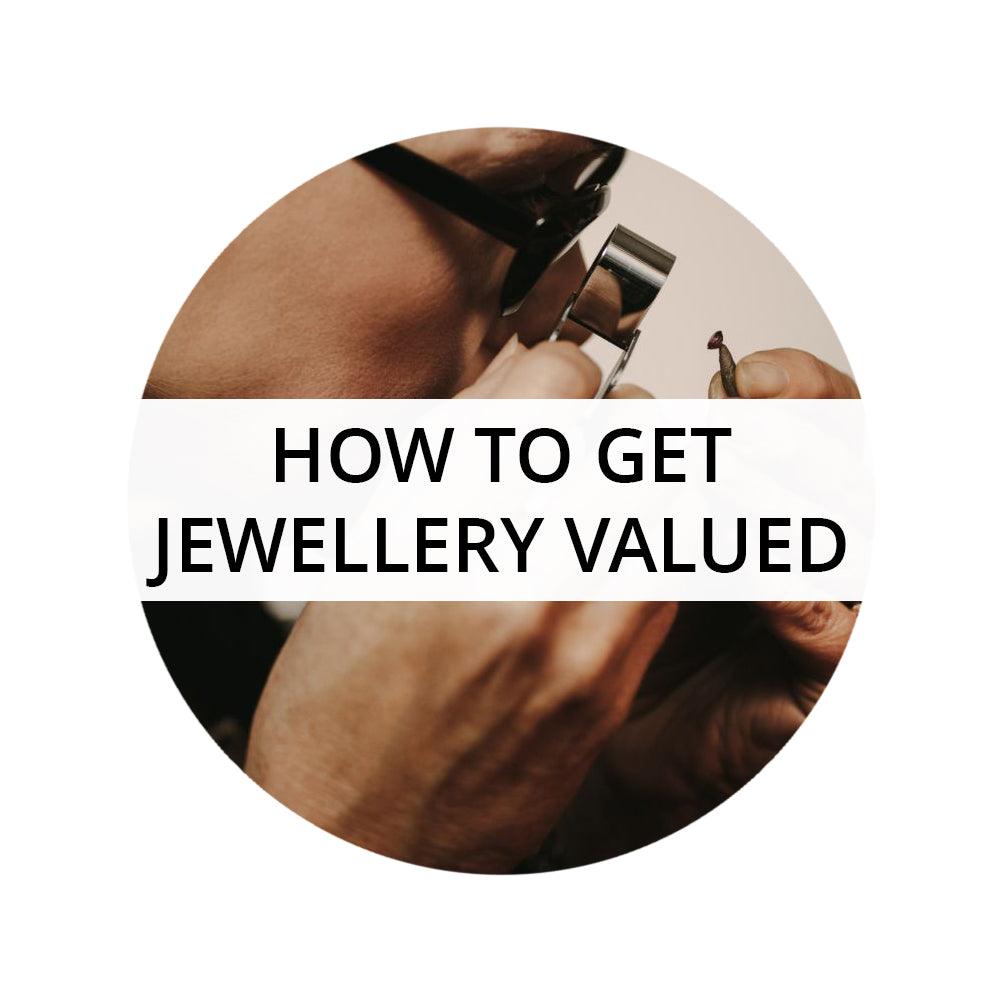
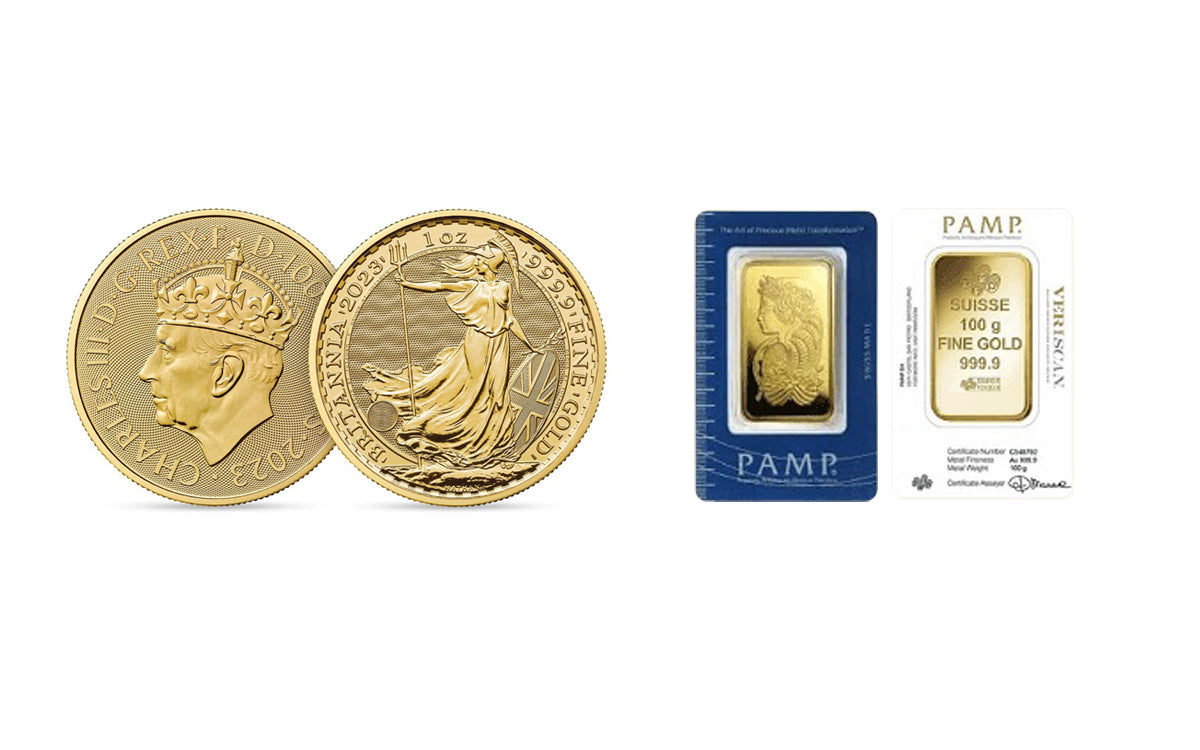
Investment coins for sale
You can now place an order for 22ct and 24ct Gold Coins.
For more details and updated Gold prices, please call us on 07403493885

